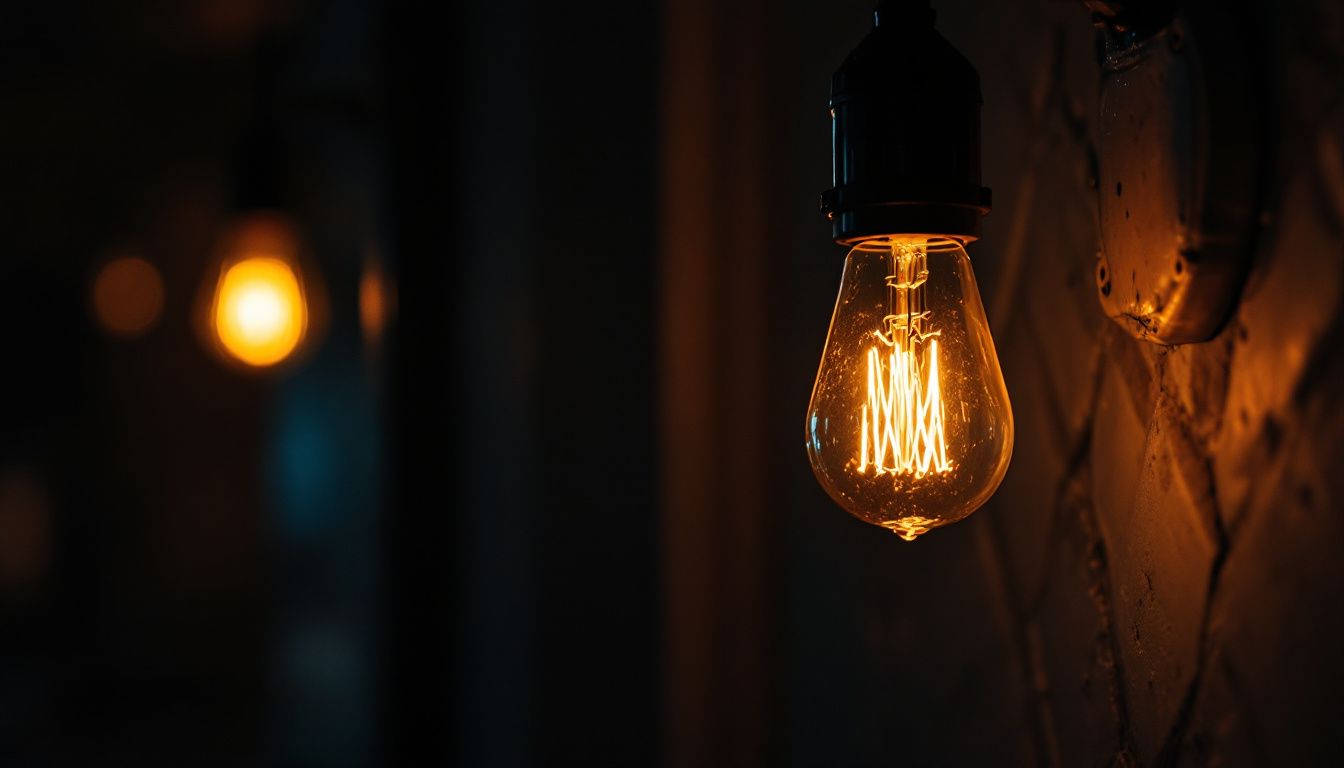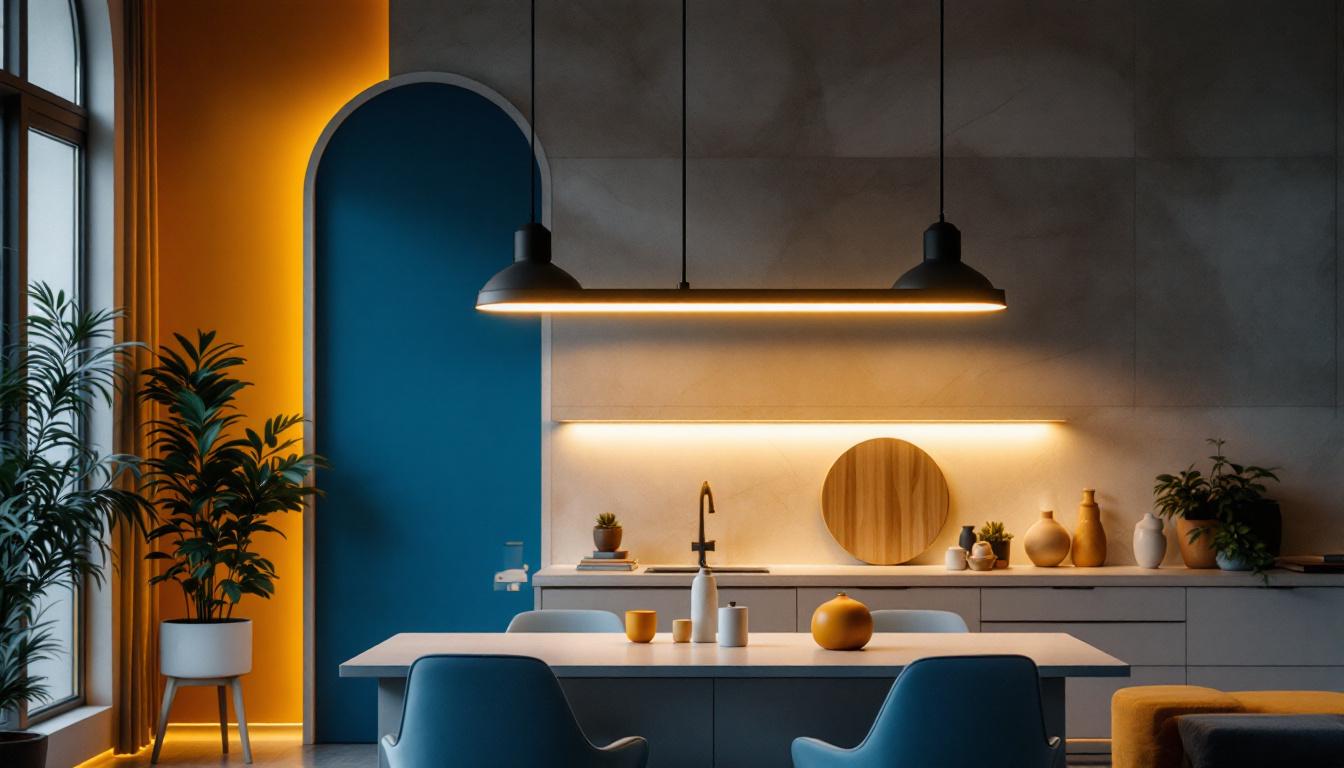
In the ever-evolving world of lighting design, recessed light fixtures have emerged as a staple for both residential and commercial spaces. Their sleek appearance and ability to blend seamlessly into ceilings make them a popular choice among homeowners and designers alike. For lighting contractors, understanding the nuances of recessed lighting can be the key to maximizing success in this competitive industry. This article delves into the essential aspects of recessed light fixtures, offering insights that can help contractors enhance their offerings and meet client expectations.
Recessed lighting, often referred to as can lighting or pot lighting, involves fixtures that are installed into a hollow opening in the ceiling. This design allows the light to shine down without the bulk of traditional fixtures, creating a clean and modern aesthetic. The versatility of recessed lighting makes it suitable for various applications, from accent lighting to general illumination. Homeowners and designers alike appreciate how these fixtures can seamlessly blend into the architecture of a space, providing illumination without drawing attention to themselves.
Moreover, recessed lighting is not only about functionality; it also plays a significant role in the overall design scheme of a room. By carefully placing recessed lights, one can highlight architectural features, artwork, or specific areas of interest, thereby enhancing the visual appeal of the environment. The ability to adjust the brightness and color temperature of recessed lights further allows for customization, enabling homeowners to create the perfect mood for any occasion, whether it be a cozy family gathering or a lively dinner party.
There are several types of recessed light fixtures available, each serving different purposes and offering distinct benefits. The most common types include:
In addition to these common types, there are also specialized fixtures such as adjustable or gimbal recessed lights, which can be tilted to direct light exactly where it’s needed. This feature is particularly useful in spaces where artwork is displayed or in rooms with high ceilings, allowing for targeted illumination that enhances the overall aesthetic. Furthermore, energy-efficient LED recessed lights have gained popularity due to their longevity and lower energy consumption, making them an eco-friendly choice that can significantly reduce electricity bills over time.
The advantages of recessed lighting extend beyond aesthetics. Here are some key benefits that make them an attractive option for contractors and clients alike:
Additionally, recessed lighting can improve the functionality of a space. For instance, in kitchens, they can provide essential task lighting over countertops and work areas, ensuring that food preparation is safe and efficient. In contrast, in living rooms, they can be dimmed to create a relaxing environment for movie nights or social gatherings. The ability to layer lighting, combining recessed fixtures with other light sources such as floor lamps or wall sconces, allows for a dynamic range of illumination that can adapt to different activities and moods throughout the day.
Successful installation of recessed lighting requires careful planning and consideration. Lighting contractors must take into account several factors to ensure a smooth process and satisfactory results for their clients.
Placement is crucial when it comes to recessed lighting. Properly positioned fixtures can dramatically affect the overall lighting quality and ambiance of a room. Contractors should consider the following:
Electrical safety and efficiency are paramount in any lighting installation. Contractors should ensure that:
Designing a lighting scheme that incorporates recessed fixtures requires a thoughtful approach. The goal is to create a harmonious balance between functionality and aesthetics.
Recessed lighting should not be the sole source of illumination in a space. Instead, it should be part of a layered lighting design that includes ambient, task, and accent lighting. This approach allows for greater flexibility and enhances the overall visual appeal. For instance:
The trim of a recessed light fixture plays a significant role in the overall look and feel of the lighting. Contractors should consider various trim styles, including:
While recessed lighting offers numerous benefits, it is not without its challenges. Lighting contractors should be prepared to address common issues that may arise during installation and design.
One of the most common challenges with recessed lighting is overheating, which can lead to bulb failure and potential fire hazards. To mitigate this risk, contractors should:
Inconsistent lighting can detract from the overall design and functionality of a space. To achieve uniform illumination, contractors should:
In a competitive market, effective marketing strategies are essential for lighting contractors looking to promote their recessed lighting services. Here are some strategies to consider:
Creating a portfolio of completed projects can significantly enhance credibility and attract new clients. High-quality photos and detailed descriptions of previous installations can demonstrate expertise and inspire potential customers.
Social media platforms provide an excellent opportunity for contractors to showcase their work, engage with clients, and share valuable lighting tips. Regularly posting content related to recessed lighting can help establish a strong online presence and drive traffic to the business.
Hosting workshops or webinars on the benefits and applications of recessed lighting can position contractors as industry experts. Providing valuable information not only builds trust but also encourages potential clients to consider using their services for future projects.
The lighting industry is continually evolving, and staying ahead of trends can give contractors a competitive edge. Some emerging trends in recessed lighting include:
With the rise of smart home technology, integrating smart lighting solutions into recessed fixtures is becoming increasingly popular. These systems allow users to control lighting remotely, set schedules, and even adjust colors, providing enhanced convenience and energy efficiency.
As consumers become more environmentally conscious, the demand for energy-efficient lighting solutions continues to grow. Contractors should stay informed about the latest energy-efficient products and practices to meet client expectations and contribute to sustainability efforts.
Advancements in design technology are leading to more innovative recessed lighting options. From customizable shapes to unique finishes, contractors should keep an eye on emerging designs that can set their offerings apart in the market.
Recessed light fixtures represent a significant opportunity for lighting contractors to enhance their services and meet the evolving needs of clients. By understanding the types, benefits, and installation considerations of recessed lighting, contractors can position themselves for success in a competitive landscape. Additionally, embracing marketing strategies and staying informed about industry trends will ensure that contractors remain at the forefront of the lighting industry. Ultimately, maximizing success in recessed lighting involves a combination of technical expertise, creative design, and effective communication with clients.
Ready to elevate your lighting projects with the best recessed fixtures on the market? Look no further than LumenWholesale, where we provide contractors with exceptional, spec-grade lighting products at unbeatable wholesale prices. Our commitment to quality and affordability means you can access a vast selection of top-tier lighting solutions that meet the highest industry standards. With the convenience of free shipping on bulk orders, you can stock up on premium lighting essentials without worrying about hidden fees or compromises. Make your next lighting project a shining success with LumenWholesale. Wholesale Lighting at the Best Value

Discover the hidden dangers behind a flickering light bulb and learn top strategies from expert lighting contractors to ensure your home’s safety.

Discover the essential insights on LED flat panel lights tailored for lighting contractors.

Discover the essential compliance guidelines and installation tips for long pendant lights that every lighting contractor should know.

Discover how industrial lighting products can significantly impact the profitability of lighting contractors.